


So, I finally got to run this. My expectation was that the EGA version is included because in the case of many Sierra games, it was. But it's not. It's an SVGA repaint / "remake". I prefer to play the original game because re-makes usually are done in a way that cannot possibly deliver the original intention. In fact the very first scene of Loom is an example of this - the sunset is so bright that it takes the attention away from the red leaf which is a central point of interest in the old game. The second reason is that I like retro minimalism. It's my mistake to go into this with the wrong expectations but they were reinforced by other purchases on GoG so they are not unreasonable. But it's too late to refund.
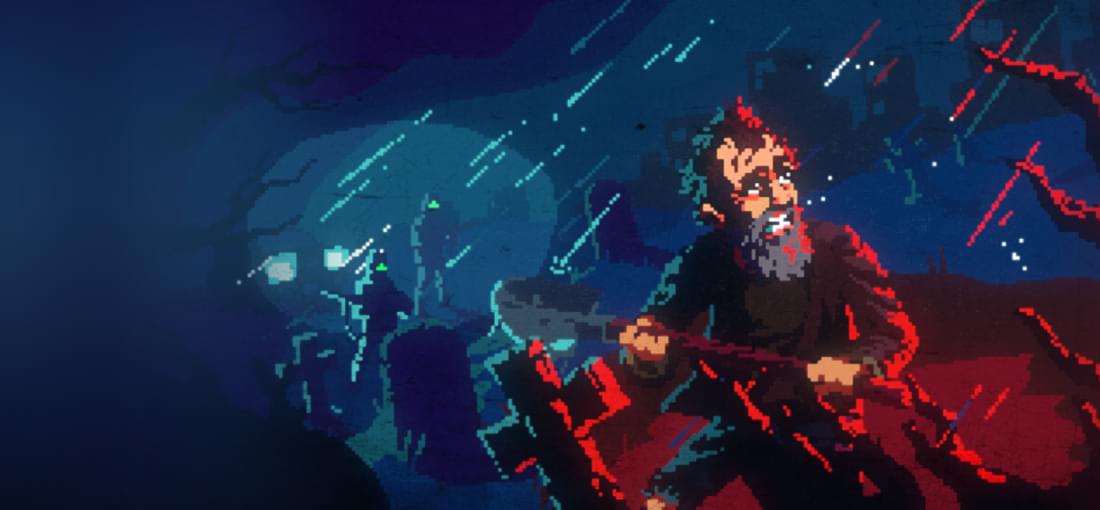
I have no words. Really. I never thought I'd see a story as good as the ones in Sanitarium or The Longest Journey / Dreamfall again, but The Drifter even managed to surpass them. It's a thriller and sci-fi drama that puts in front of me my deepest fears: "I can't trust the world and I can't trust myself, either". The story will be especially impactful for you if you've recently experienced loss, or you simply feel lost yourself. The characters react believably because of the genuine empathy the author has for them - something that's rare to experience not only in games but even in movies. But it's not just the amazing story. It's also... everything else. Despite the retro pixel art style, the game uses original and modern effects: dynamic lighting, expressive animations showing emotional reactions - a lot of effort has gone into details and it shows. The thoughtful interface uses an "idea inventory" for conversations, which, compared to the traditional picking of sentences from a list, makes speaking with NPCs feel more natural and systemic. The Drifter also dares to throw at the player meaningful danger without frustration: dying is supported by the narrative, every mistake teaches you something, and the sequences remain turn-based in spirit, so you can take your time to think. These scenes really raise the stakes and combine the excitement of the encounters in Legend Of Kyrandia 1&2 with the frozen time logic in The Darkside Detective. Finally, The Drifter answered a question I kept asking myself lately: "What's the point of creating or experiencing art?" It was such a powerful answer. P.S. Two final notes on this masterpiece: 1) Adventure games excel in being surprising. You'll never know what's coming next. Unless you spoil your experience - my advice is to avoid trailers and any videos if possible. Try the demo if unsure, but go in blind. 2) Lastly, the soundtrack is phenomenal - it presents the music in a really original way. It's worth buying, too.
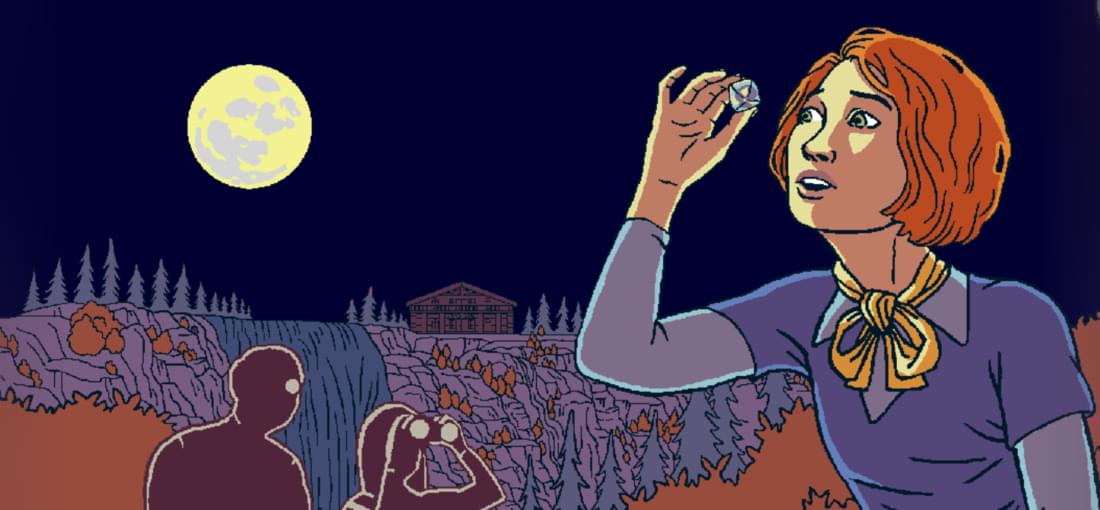
The Crimson Diamond is a masterpiece for several reasons: **EMPATHY** Unlike many detective games that feel cynical, this one makes you genuinely care for its characters. It's hard not to feel deeply emotional when bad things happen to them, probably because the NPCs have detailed motivations, expressive portraits, and a lot of close-ups. **SECRETS AND CONSEQUENCES** This isn't just a story-driven adventure; it's a true game with meaningful exploration. There are numerous hidden conversations and pieces of evidence you might miss, making your discoveries and conclusions significant. Even if you don't find everything, you can still reach a satisfying ending, and the game encourages replayability by hinting at missed content. The story has layers of personal and political problems that lead to moral choices at the end. These made me think about what my own values are. The protagonist's evolution from a mineralogist to a detective allows players to pursue motivations they align with — be it fame and riches, scientific advancement, or a quest for justice the way they see it — and express these choices within the game. **THE BEST OF THE OLD AND THE NEW** Despite its classic roots, the game feels modern with its user-friendly onboarding, optional tutorial, and quality-of-life improvements. However, it introduces players to most of the things that made Sierra's games great, for example: - Dangerous situations can result in character death, like in real life. These moments aren't unfair — they simply require common sense and make everything more immersive. - NPCs don't just sit in one spot doing nothing. There is some "stealth" and eavesdropping that you can fail at, adding more depth to the experience. **TL;DR** The Crimson Diamond is dramatic, immersive, and authentic yet accessible. It's an amazing game crafted by someone passionate about the genre.
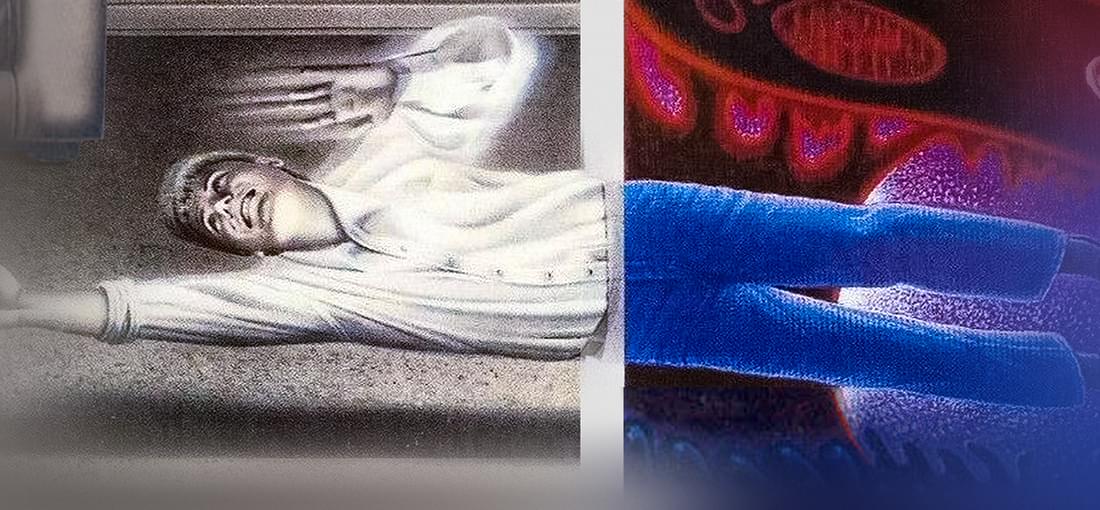
PROS - It's like Space Quest but much, much weirder. Floating islands, weird creatures, a labyrinth of cheese (not really). There's a lot of variety. - Not only is the world is filled with wonder but you are free to explore it. - It is based on DOSBox and not ScummVM which guarantees that your authentic experience won't be tarnished with newly introduced game breaking bugs that some of the more complex adventures ported with ScummVM, have. CONS - The game exemplifies everything people dislike about parser adventures - rigid parser that doesn't take into account many of the ways in which you can phrase something; navigating labyrinthian paths over deadly pits with extremely unwieldy controls, etc. This is mostly a design problem because other similar games aren't so unfairly annoying. - The main problem of the puzzles is not that they don't make sense (most of them do) but that there's no feedback when your attempts are rejected. When the character tells you "I can't climb this" it doesn't mean he can't climb this, it means that he won't climb this instance of it in this particular spot. Without the spoilery screenshots above I wouldn't have guessed how some of the puzzles are solved. Same for "I can't push this" or "I can't cut this" - yes he can, it just doesn't apply to this particular rock or tree. Similarly, it turns out that the NPCs want gifts from you that they never even hint at being interested in. - At the time when I played the game didn't have the original manual included. Instead, the players get one page of obvious statements that have been written very recently. This means that the players will miss some lore, a map, instructions about verb shortcuts and keyboard combinations for easier typing that can't be guessed (such as L-look, AB - ask about, Ctrl-X, Ctrl-D, etc.). You should try to find the manual online. VERDICT I liked the game a lot despite its problems because I really like this type of games. It was fun and engaging to explore.
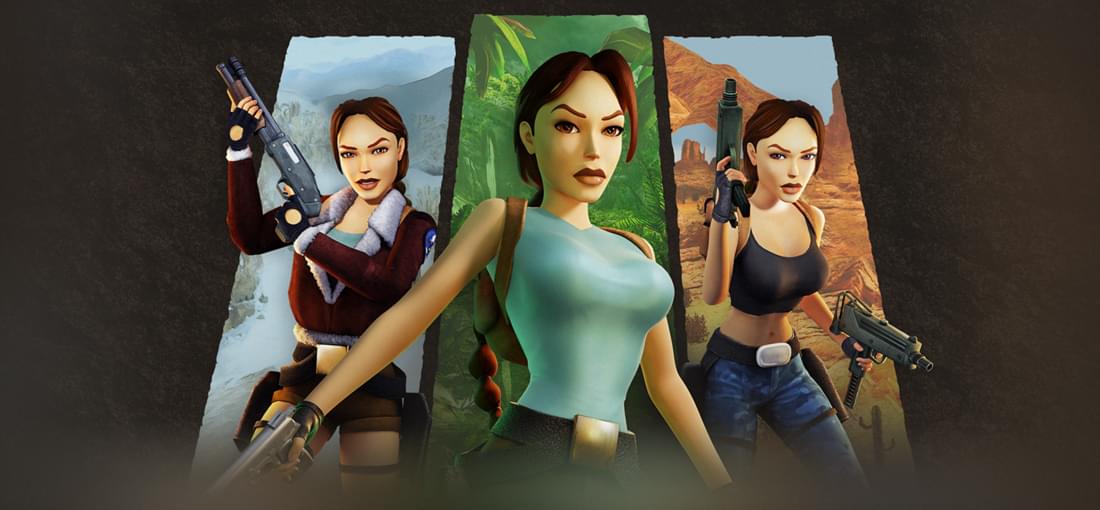
PROS: * subtitles for the cut-scenes - I finally learned what the NPCs say to Lara in them. * good remastered graphics that can be turned on and off. Lara even blinks - nice. * increased draw distance in the remaster * updated moves for TR1 that allow you to turn around in mid-air as in TR2 CONS: * The water surfaces in TR1 no longer show if it's a strong current that will move you if you enter the water. Quicksands in TR3 are not animated so critical information is no longer telegraphed by the graphics! * The new lights and shadows sometimes hide sitwhces, climbable surfaces and ledges that were very visible in the original. Small grey keys are lost in the grey ground which doesn't happen in the original. Compensating with UI is not a good solution. Turning on and off remastered mode to see better is lame. DEAL BREAKER: * Doesn't run on Windows 7 (expects DX12, gives a Kernel error) despite what is claimed as Minimum System Requirements. I have to jump through hoops to run this and the whole idea of the remaster was to stop jumping through hoops just to run the original TR trilogy.
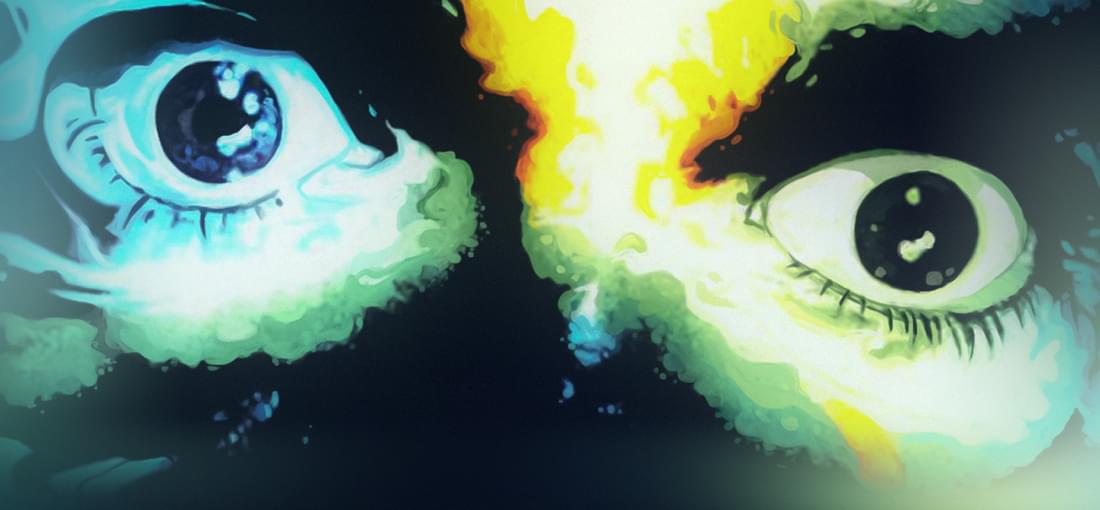
I have purchased this as soon as it was released but when doing so I didn't realize I'm reinforcing a terrible trend. This port is bad. Ugly "modern" filters and "remastered" music. Even if you turn everything off, it's still full screen in a bad way (too zoomed in) and new bugs are introduced with the music incorrectly triggering at certain points. I couldn't stand this more than 10 minutes. But wait! The worst part is that this is now the "official", mandatory way to experience Flashback. Abandonware sites don't have the original DOS version anymore. Now, when I actually want to play Flashback, I can't, I have to run this abomination and there's no other way. This has happened for many other games, too. If you think a little about what this means for you, as a person who loves old games, the implications are terrifying.
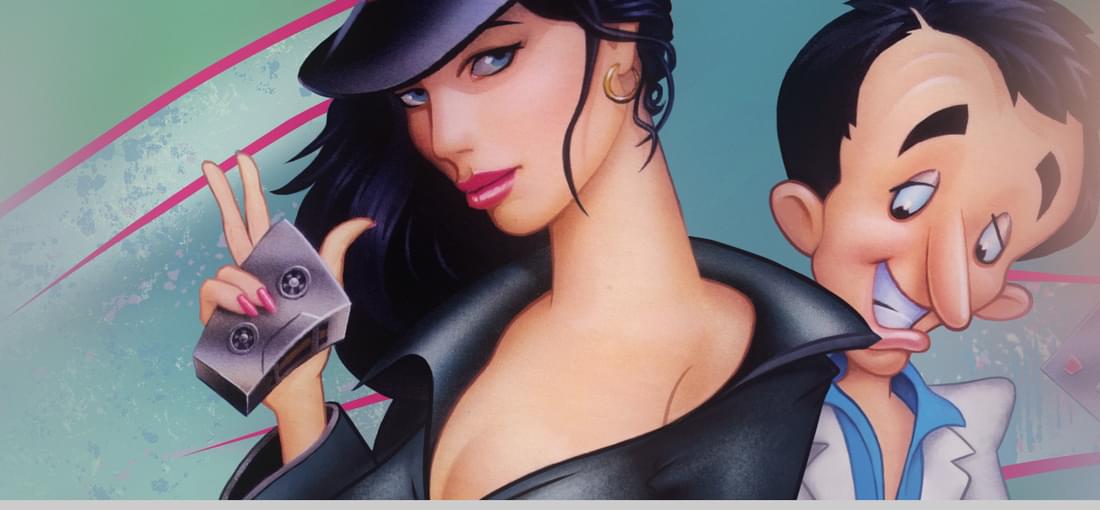
The one star is for the ScummVM ports GOG uses. I just played Larry 1 here on GoG. It turned out you can steal things and walk out of the shop, and the shopkeeper doesn't shoot you like he does in the original DOS version. That's enough. It tells you everything you need to know. After having seen a bunch of other games (Space Quest, Lure Of The Temptress, etc.) that also use ScummVM... I can guarantee you that the game is broken and you won't have the authentic experience. Why? Well, any adventure game that's not made by LucasArts, that is, any game that has any hint of simulation - NPCs going around, reacting to your actions, any adventure game in which it matters where you step and when you do stuff, any game that has more conditions and consequences than a LucasArts game, has broken scripts that don't trigger and has its systems broken by the ScummVM ports. I have to make the conclusion that we should avoid the ScummVM logo like the plague. It's so incredibly wrong that ScummVM (a messy hobby project) is now the official, highly trusted thing that Steam and GoG use for their "museum" versions of the games for more than a decade. I paid for the games because that's the right thing to do, but sadly, to experience them correctly, you should get them from an abandonware site and use DOSBox.
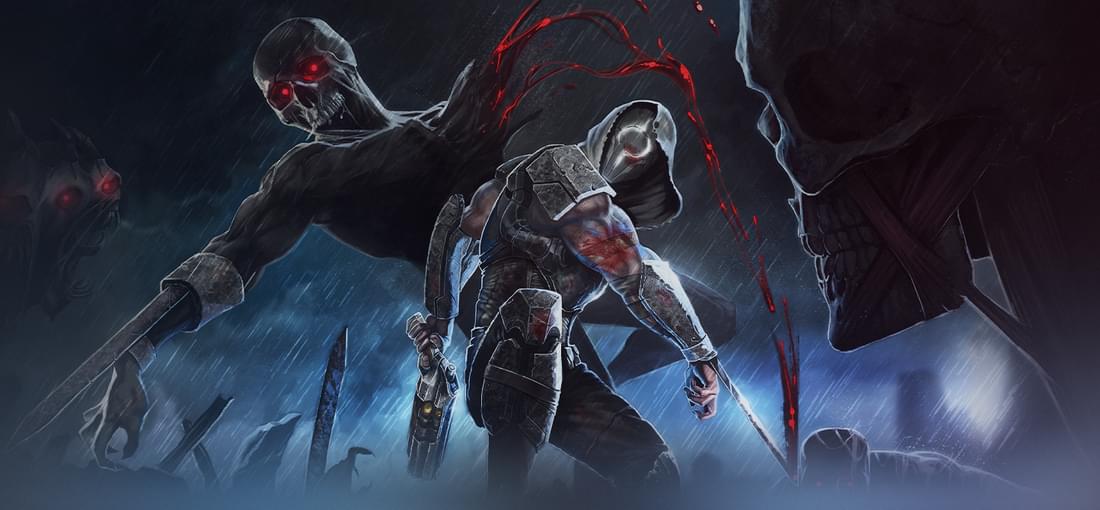
Wrath is incredibly well done. The weapon design and the monster design are top notch and fit so well with each other. There are a lot of opportunities and dynamic choices to make. I love the save system as well which makes the game tense and the stakes a bit higher. To balance this, you also have artefacts (something like a limited "cheat but pay the price") that you can select in slow-mo when you get in real trouble. I gradually started understanding deeper the layers of the game design in front of me, so the more I go into the game, the more I appreciate the decisions that have been made. The levels remind of Arcane Dimensions - big, beautiful levels to explore. I've seen better, more puzzly levels in mods but it's still a fantastic experience because of the unique dark fantasy atmosphere which is done incredibly well. It's an artistic masterpiece - the architecture, the creatures, the sound, everything is perfect. Everyone can find in Wrath something for themselves that they truly appreciate: open exploration, speedrunning, secrets, atmosphere, or wild arcade action. Of all "throwback shooters" so far, this one is the most authentic and at the same time, the most polished and well done. It also has its own identity despite its roots in our nostalgia, so it feels old and new at the same time.
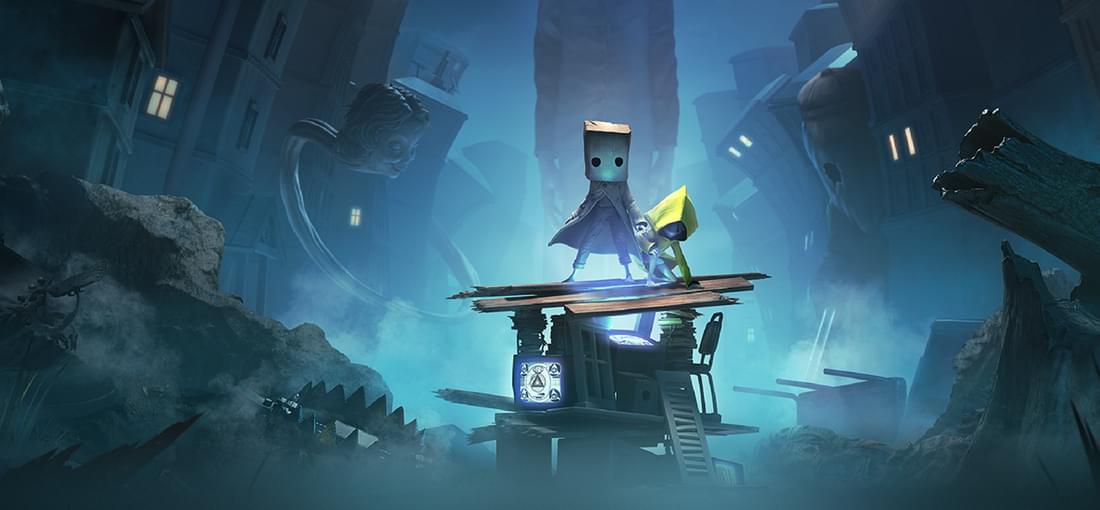
You should buy the deluxe edition of this game at full price, because it is a masterpiece. As soon as I saw the Ico style hand-holding I knew this is something special. With that said, I'm giving Little Nightmares II a negative review, because that's the only language that producers and "technical programmers" in a company can understand. The type of review that they'd share on their internal Slack channels to have a bitter laugh at how irrational customers are. The reason for the negative review? Even though the game can run on Windows 7, they don't allow it to, because it's "not supported". I don't want you to support my OS and I don't expect you to, but to actively prevent me from playing LN2 despite it being a DX11 Unreal (!) game - this review is the only language that you, the decision makers, can understand. You think stopping stubborn Win7 people from experiencing a potential (and very unlikely) Win7 related bug by not allowing them to play at all is better for your reputation? Really? Look at the graceful way Spelunky 2 handles the same problem: announces "we don't support your OS" in a pop-up message, but doesn't prevent users from playing the game.
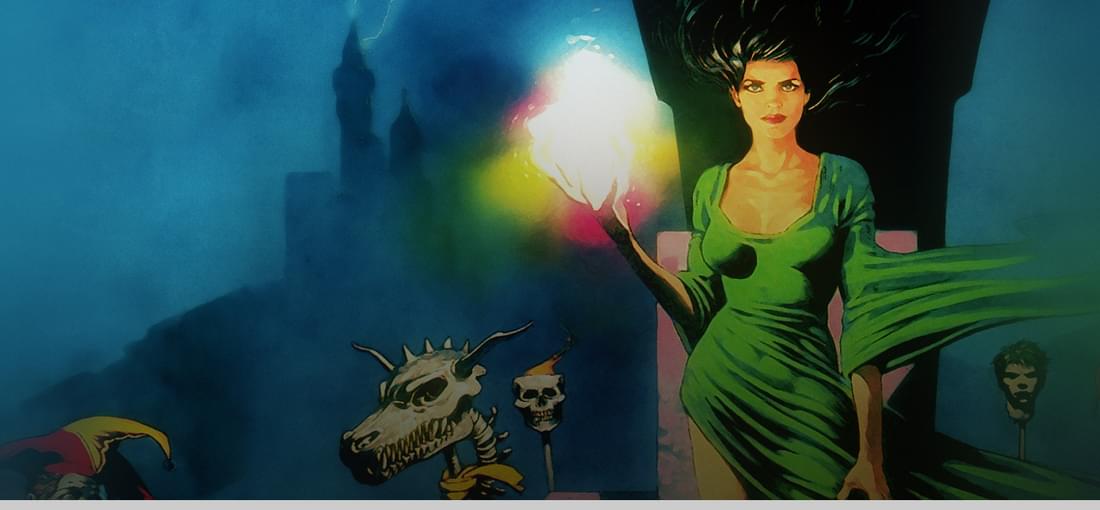
5 stars for the game: This is a brilliant adventure game in which the world is immersive and alive: the NPCs in the town have a daily routine, you can give complex orders to your companion, etc. 0 stars for ScummVM: 1) Broken pathfinding: The game got many bad reviews on GoG simply because every time there are several NPCs you have to wait 6 to 10 times longer until they get out of your way and go to their destination. This issue doesn't exist in the DOS version! 2) Background dialogue between NPCs gets in the way of main dialogue and may also cause dangerous desynchronized waiting loops which also doesn't happen in the original, especially in the taverns. 3) Problem 1) and 2) piled up until I got stuck in a state in which I can no longer click on characters to talk to them (doesn't happen in the original!). 4) There are also strings mentioning one object that are wrongly triggered for all objects which - you guessed it - doesn't happen in the original. 5) The sound here is abysmal (in the DOSBox version it can be fixed by forcing Sound Blaster in the Dosbox config file.) The Amiga version of the game has even better sound which is also possible to pull off in Dosbox but it's too much trouble to set up. But I'd expect better from ScummVM's port team. So - I had to finally find the abandonware DOS version and run it in DOSBox. It didn't have these bugs but had other issues - in the dos version an item (the tinderbox) disappears (as a punishment for "pirating" the game), so as soon as you start the game you have to restart it so that the item shows up in the village. Once I did this I finally got the experience of the original Lure Of The Temptress. Thank God for the abandonware sites. So yes, play the Dosbox version. The ScummVM version here is slower, more tedious, prone to showstopper bugs, and unpleasant to play in a way that it is NOT in DOS and people wrongly believe that this is how it was shipped back then. It's doing it a great disservice.